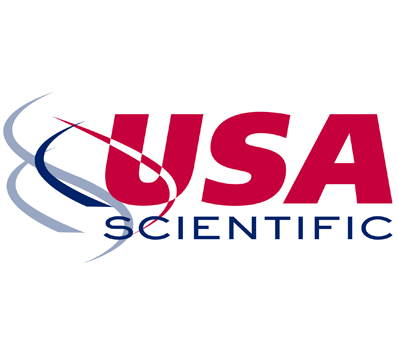Evolution and Core Processes in Gene Expression
May 9–12, 2019
Michigan State University, East Lansing, Mich.
Organizers
David Arnosti, Michigan State University
Ingo Braasch, Michigan State University
Justin Fay, Washington University in St. Louis
Shin-han Shiu, Michigan State University
Julia Zeitlinger, Stowers Institute
Focus: Connections between gene expression and evolution, bringing in new aspects of plant genomics and computational evolution
We have recruited an exciting lineup of internationally prominent speakers for this year’s meeting, and look forward to highlighting trends in evolution and gene expression, including applications in computational and experimental evolution and plant sciences.
Evolutionary processes operate at all levels of gene expression, and increasingly detailed mechanistic understanding has provided rich hunting grounds for pathways and processes that underlie evolutionary variation. Attendees of previous meetings have been especially pleased with the wide disciplinary scope of our talks, as well as the high quality of invited speakers. We see much new ground to break in this area, including further exploration of how systems biology data points to the combined effects of evolutionary variation in central and peripheral processes (not simply changes that affect enhancers of specific target genes).
Michigan State University scientists will bring special expertise to the 2019 meeting in plant genetics and genomics, an area anchored by outstanding researchers of the DOE-supported Plant Research Laboratory and over 100 faculty in related sciences. The essential outlines of the Central Dogma that is key to gene expression (in particular the biochemical aspects) has been built on microbial and metazoan, not plant, systems. At the same time plants offer a degree of sophistication in metabolic pathways that put animals to shame, and the evolutionary diversification and selection of these paths offer important lessons in molecular evolutionary “engineering”.
Michigan State University also has strengths in computational evolution, a hybrid study area that has led to the creation of the NSF-supported BEACON (“evolution in action”) center. BEACON brings together scientists studying in the laboratory as well as scientists pioneering computational evolutionary approaches that impact biomedicine, engineering and behavioral studies. Our conference will benefit from presentations from top researchers in this field, stimulating discussion how in silico modeling and analysis can test specific features of gene expression control and evolution, and identify novel regulation that may be important for gene regulation in the context of synthetic biology.
Program schedule
Thursday agenda
Diversity of systems for evolutionary gene expression
Chair: David Arnosti
Systems and computational approaches to regulation
Chair: Julia Zeitlinger
Friday agenda
Endless forms most wonderful
Chair: Shinhan Shiu
Fish and chips
Chair: Justin Fay
Flash talks
Christina Akirtava, Pinar Onal, Baldur Kristiansson, Isabella Schember, Eliza Argyridou, Elizabeth Alger, Kyle Fowler.
Poster session
Engineering and re-engineering of regulatory systems
Chair: Ingo Braasch
Developmental constraints and evolution
Chair: Yongliang Yang
Saturday agenda
Nuts and bolts of evolutionary processes — transcription
Chair: Audrey Gasch
The life of RNA in gene expression
Chair: Mark Hill
Sunday agenda
Cellular states and modifications
Chair: Arjun Krishnan



